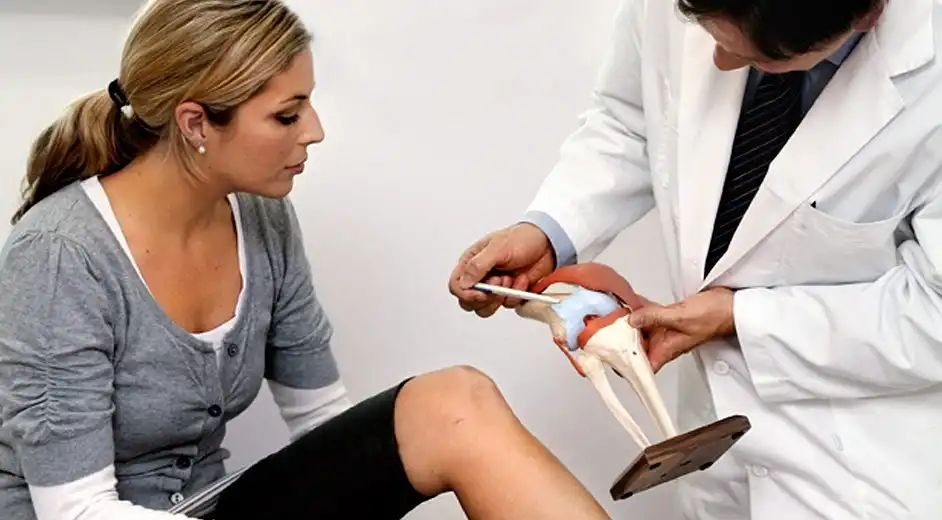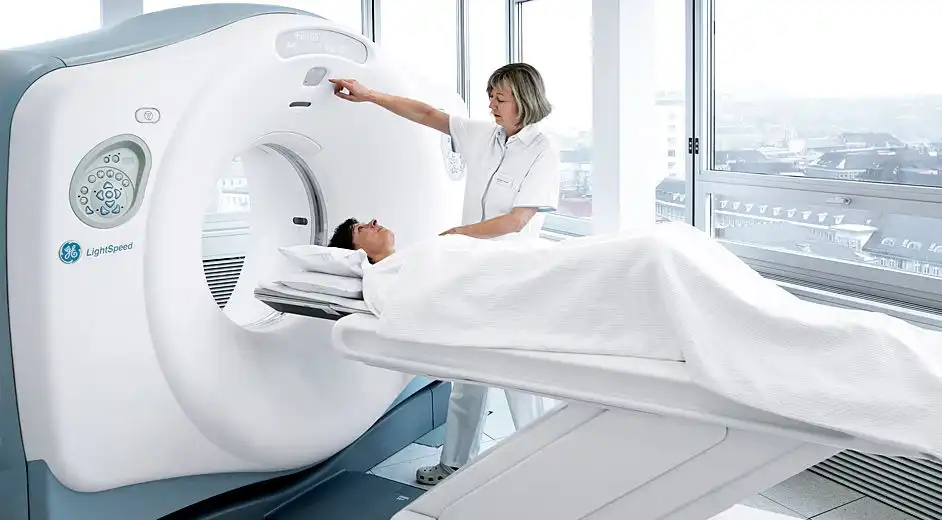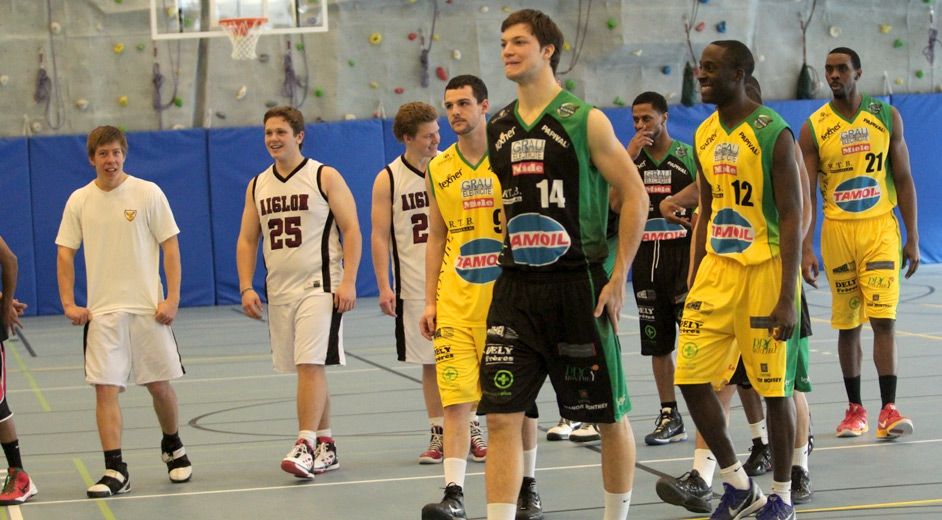1. What are the most common symptoms of a torn knee ligament?
The most common symptoms are pain, swelling and instability.
Pain around the injured knee is a constant symptom during the first days or weeks after a torn ligament.
The amount of swelling depends on the affected ligament. In nearly every case of a torn ligament the injury causes a bleeding from the blood vessels supplying the torn structure. The anterior and posterior cruciate ligaments stabilise in the knee inside cavity of the knee, means they are located inside the joint capsule. In most cases of acute injury of cruciate ligaments the knee is swelling slowly during the first hours after the accident. In case of an injury of the medial or lateral collateral ligaments the bleeding is not communicating into the joint cavity because these ligaments are outside the joint capsule. In these cases we see only a little swelling on the outer or on the inner side of the knee joint.
Symptoms of instability are typical after torn ligaments. So patients describe often “a giving” way of the knee. These instability symptoms can occur during normal living activities or only during stronger physical training.

2. How are knee ligaments torn?
We know several ligaments in the knee joint. There are over 10 ligaments or parts of ligaments around the knee joint. These ligaments act to stabilize the knee joint and the patella in all directions.
Depending on the mechanism of the injuries such as rotation, hyperextension, inward or outward bending, different ligaments or groups of ligaments tear. For this reason it is meaningful to know the history of the accident-mechanism.
„ Pain, swelling and instability are the most common symptoms of a torn knee ligament.
3. Immediately after spraining a knee ligament what should the patient do?
The first treatment immediate after the accident is to stop the activity and to cool the painful joint.
In case of a beginning swelling adequate compression and high positioning of the affected extremity is helpful and can decrease the acute symptoms such as pain and swelling.
The second step is a clinical examination from an experienced physician.
The more experienced the examiner is the more precise is the diagnosis even before any type of imaging.
After this examination an imaging of good quality is mandatory. In the diagnosis of soft tissue injuries such as ligaments, meniscus or cartilage, the golden imaging standard is the magnetic resonance imaging (MRI).
It is important to know, that the sensitivity of the MRI is less than 100%. MRI without a correlation of the imaging results with the findings of a clinical examination could lead to a missed diagnosis or wrong diagnosis!

4. If the knee ligament is not seriously torn, what activities should the patient stop performing in order to not damage it more?
If a ligament injury is serious or not depends of the resulting grade of instability, the activity-level and the instability-symptoms of the patient. None of these factors can be quantified with MRI or any other type of imaging.
The grade of instability must be quantified during the examination. It can be done approximate or with use of special testing-tools with a good reliability.
The activity-level of the Patient in terms of sport could be graded in different levels. The handicap after a torn anterior cruciate ligament for a football player is different compared to a bicyclist.



